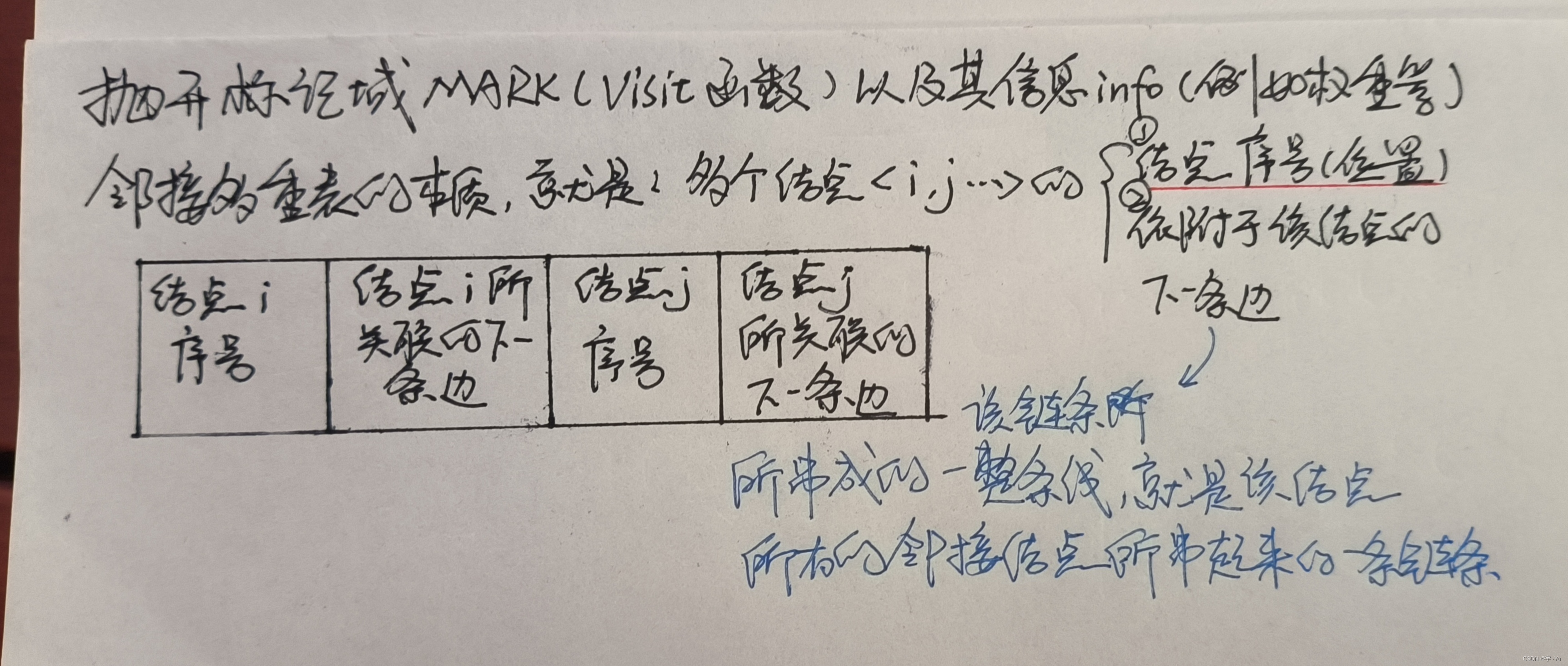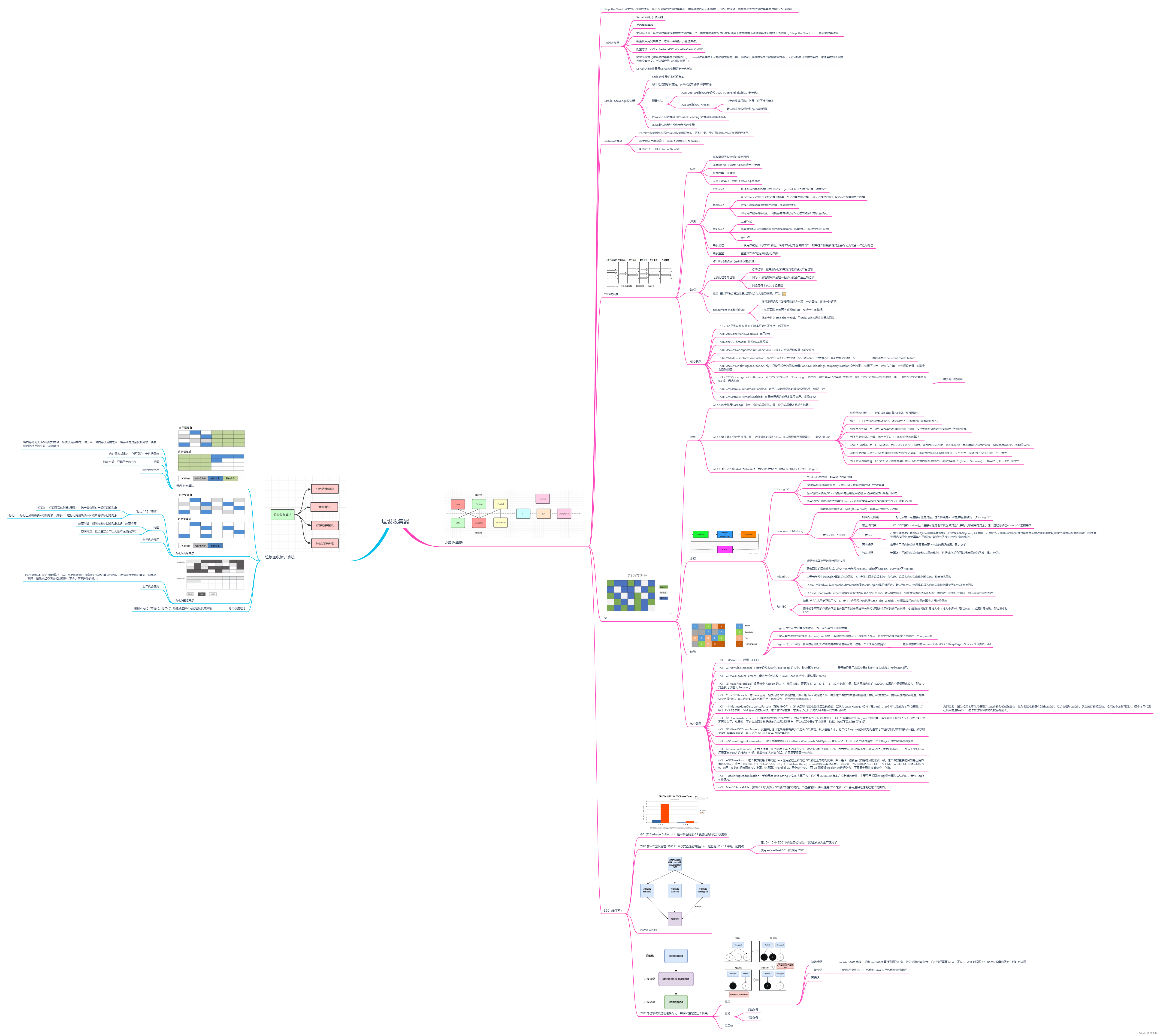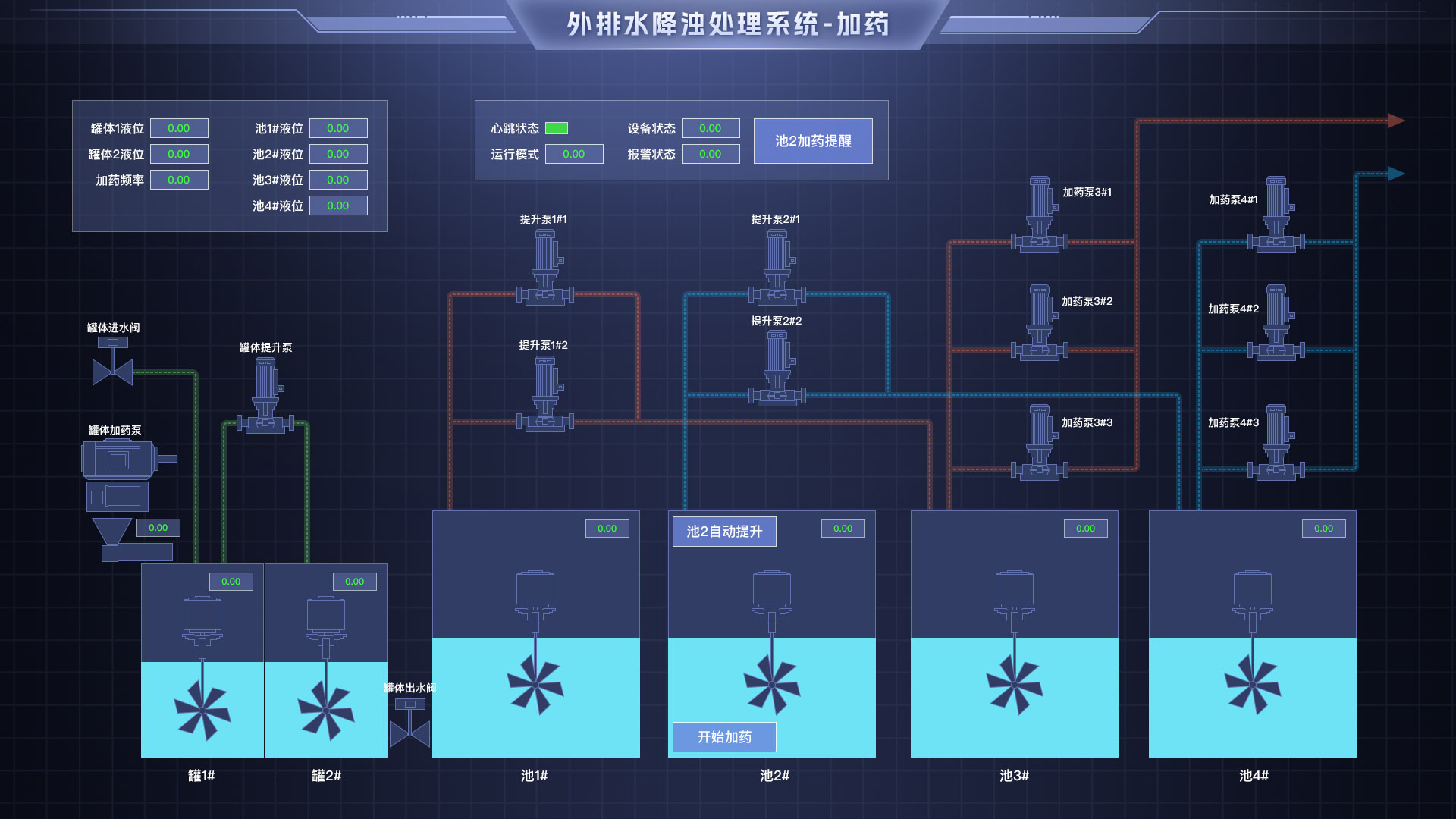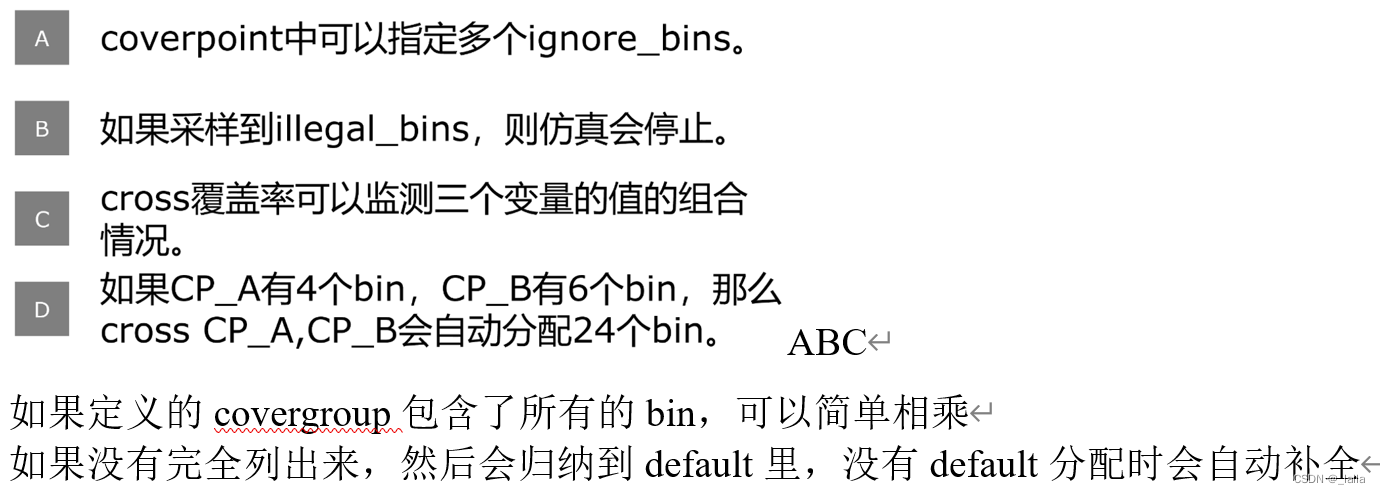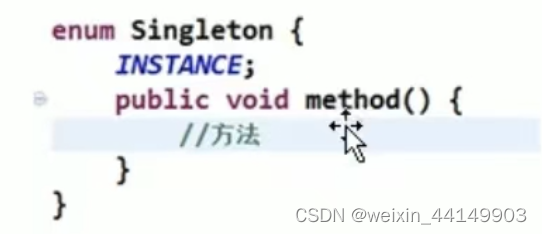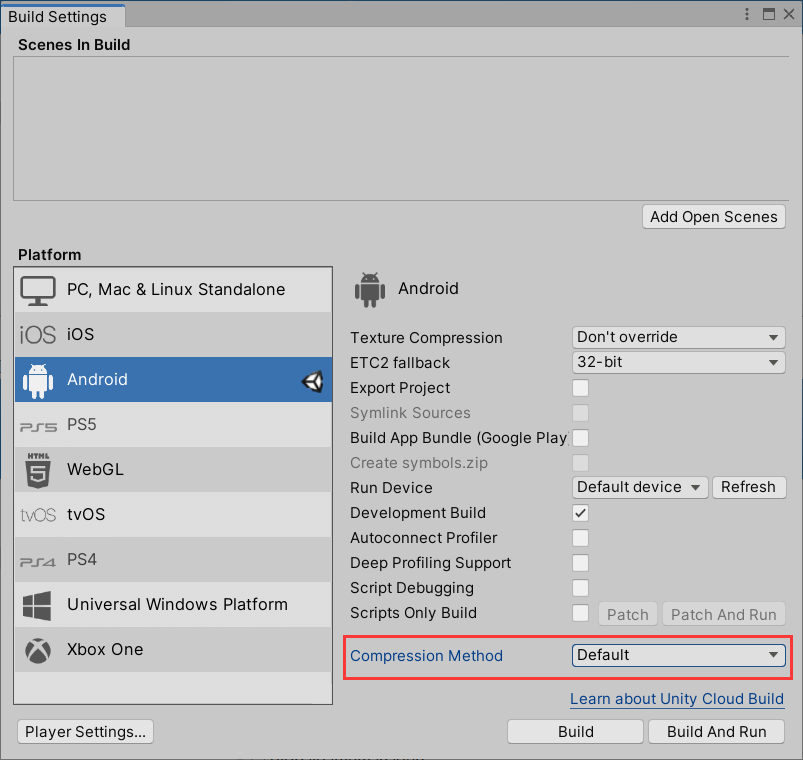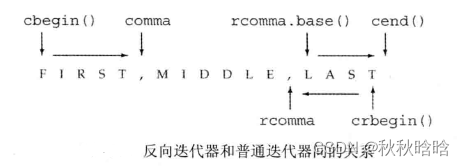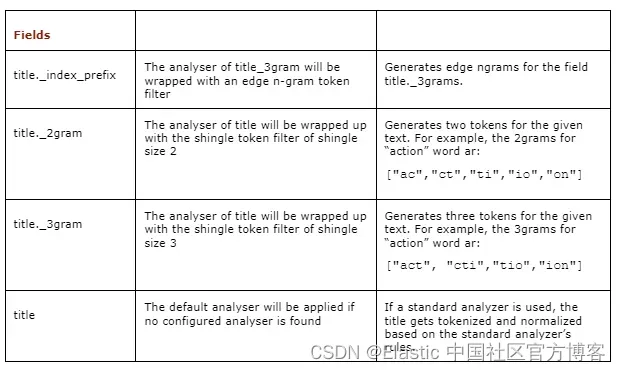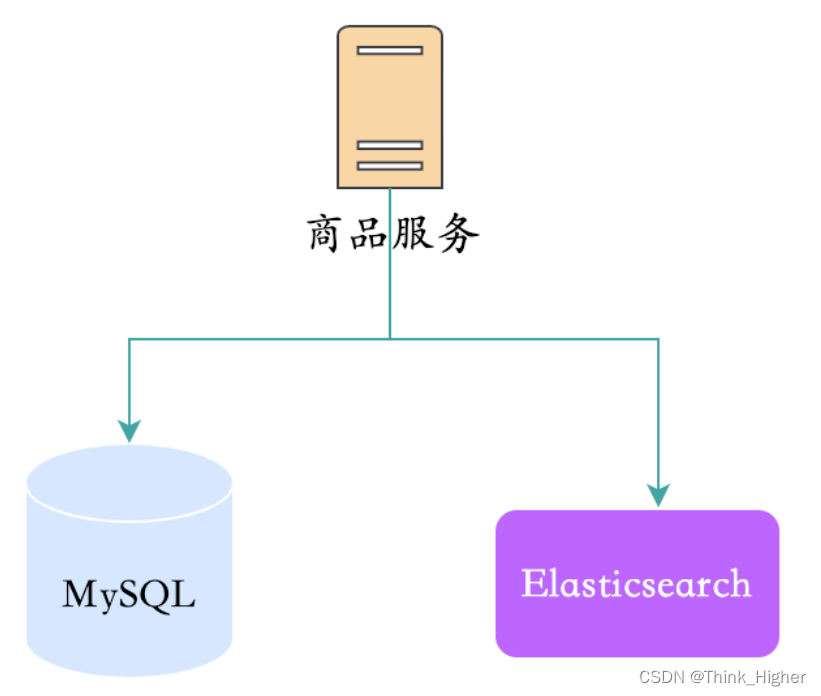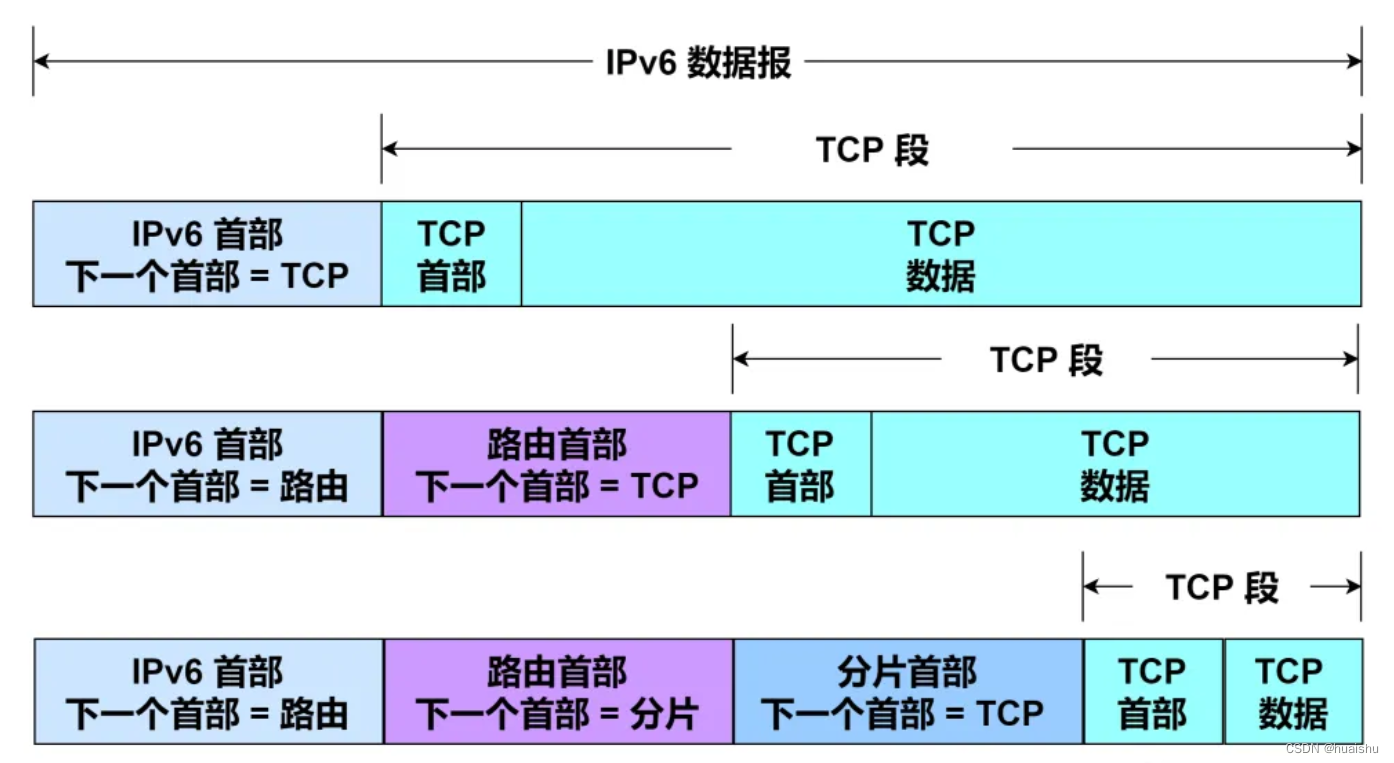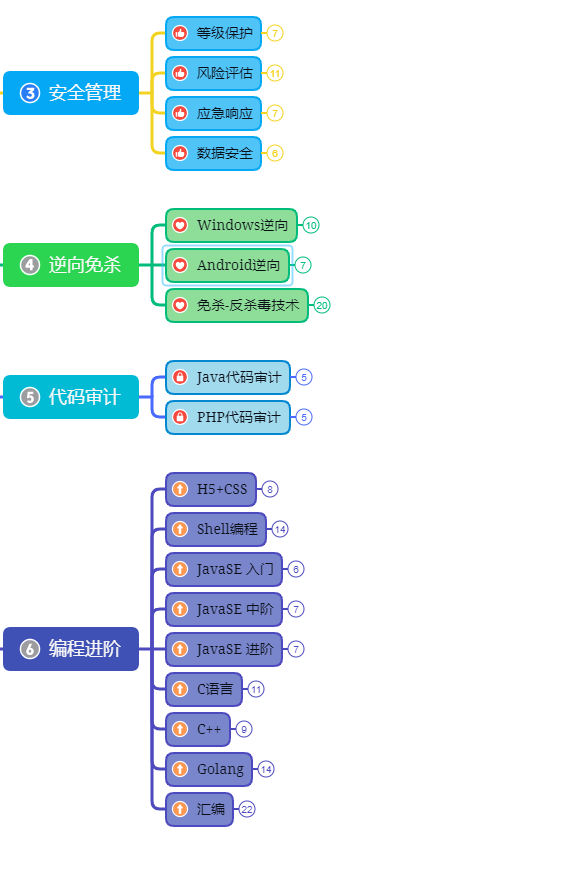单细胞生信分析教程
桓峰基因公众号推出单细胞生信分析教程并配有视频在线教程,目前整理出来的相关教程目录如下:
Topic 6. 克隆进化之 Canopy
Topic 7. 克隆进化之 Cardelino
Topic 8. 克隆进化之 RobustClone
SCS【1】今天开启单细胞之旅,述说单细胞测序的前世今生
SCS【2】单细胞转录组 之 cellranger
SCS【3】单细胞转录组数据 GEO 下载及读取
SCS【4】单细胞转录组数据可视化分析 (Seurat 4.0)
SCS【5】单细胞转录组数据可视化分析 (scater)
SCS【6】单细胞转录组之细胞类型自动注释 (SingleR)
SCS【7】单细胞转录组之轨迹分析 (Monocle 3) 聚类、分类和计数细胞
SCS【8】单细胞转录组之筛选标记基因 (Monocle 3)
SCS【9】单细胞转录组之构建细胞轨迹 (Monocle 3)
SCS【10】单细胞转录组之差异表达分析 (Monocle 3)
SCS【11】单细胞ATAC-seq 可视化分析 (Cicero)
SCS【12】单细胞转录组之评估不同单细胞亚群的分化潜能 (Cytotrace)
SCS【13】单细胞转录组之识别细胞对“基因集”的响应 (AUCell)
SCS【14】单细胞调节网络推理和聚类 (SCENIC)
SCS【15】细胞交互:受体-配体及其相互作用的细胞通讯数据库 (CellPhoneDB)
SCS【16】从肿瘤单细胞RNA-Seq数据中推断拷贝数变化 (inferCNV)
SCS【17】从单细胞转录组推断肿瘤的CNV和亚克隆 (copyKAT)
SCS【18】细胞交互:受体-配体及其相互作用的细胞通讯数据库 (iTALK)
简介
单细胞技术和集成算法的最新进展使得构建包含许多供体、研究、疾病状态和测序平台的综合参考地图集成为可能。就像将测序读数映射到参考基因组一样,能够将查询细胞映射到复杂的、数百万个细胞的参考图谱上,以快速识别相关的细胞状态和表型是至关重要的。本文介绍了Symphony (https://github.com/immunogenomics/symphony),这是一种以方便、便携的格式构建大规模集成参考地图集的算法,可以在几秒钟内实现高效的查询映射。Symphony将查询细胞定位在稳定低维引用嵌入中,从而便于将引用定义的注释向下复制传输到查询。我们展示了Symphony在多个真实世界数据集中的强大功能,包括
(1)映射多供体、多物种查询以预测胰腺细胞类型;
(2)沿着胎儿肝脏造血的发育轨迹定位查询细胞;
(3)使用记忆T细胞的多模态citation-seq图谱推断表面蛋白表达。
Symphony 最早发表于 2021 年 Nature Communications 杂志上的一篇文章,文章题目为"Efficient and precise single-cell reference atlas mapping with Symphony"。发表该文章的 Raychaudhuri Lab 曾于 2019 年在 Nature Methods 杂志上发表单细胞数据整合算法 Harmony。
Symphony 算法首先将 Reference 数据集嵌入 UMAP 空间中,再将 Query 数据集(待注释数据集)嵌入到与 Reference 数据集相同的 UMAP 空间,接着使用 KNN 算法,根据 Reference 数据集,计算距离 Query 细胞最近的 K 个 Reference 细胞邻居,确定最可能的 cell type。
Symphony 包使用
1.使用已有的参考数据集进行细胞注释
2.使用自定义的参考数据集进行细胞注释

https://zenodo.org/record/5090425#.ZC03MJFBw5s
软件包安装
if(!require(harmony))
install.packages("harmony")
if(!require(symphony))
install.packages("symphony")
if(!require(symphony))
devtools::install_github("immunogenomics/symphony")suppressPackageStartupMessages({
library(symphony)
library(tidyverse)
library(data.table)
library(matrixStats)
library(Matrix)
library(plyr)
library(dplyr)
## 画图包
library(ggplot2)
library(ggthemes)
library(ggrastr)
library(RColorBrewer)
library(patchwork)
library(ggrepel)
})
source("F:/demo script/单细胞系列/symphony/symphony-main/vignettes/utils.R") # color definitions and plotting functions
source("F:/demo script/单细胞系列/symphony/symphony-main/vignettes/plotBasic.R")
source("F:/demo script/单细胞系列/symphony/symphony-main/vignettes/colors.R")数据准备
数据需要我们提前准备两个文件:
1.标准后的表达矩阵
metadata 数据
下面例子的文件可到git上下载:
https://github.com/immunogenomics/symphony
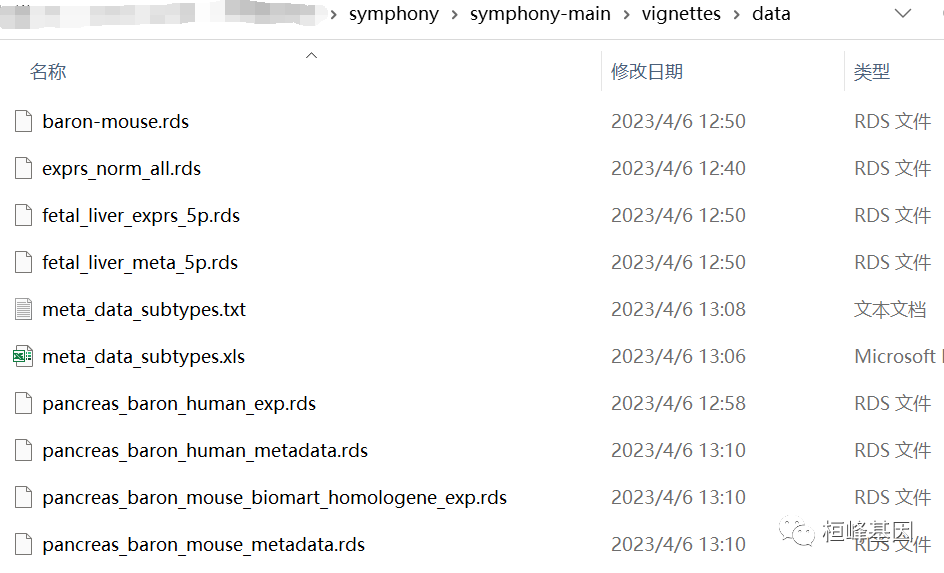
在本例中,我们将从两种技术(10x 3'v1和3'v2)的两个pbmc数据集构建一个引用,然后用Symphony映射来自一种新技术(10x 5')的第三个数据集。
exprs_norm = readRDS("F:/demo script/单细胞系列/symphony/symphony-main/vignettes/data/exprs_norm_all.rds")
metadata = read.table("F:/demo script/单细胞系列/symphony/symphony-main/vignettes/data/meta_data_subtypes.txt",
row.names = 1, header = T, check.names = F, sep = "\t")
dim(exprs_norm)
## [1] 33694 20886
dim(metadata)
## [1] 20886 8提取子集数据集作为reference and query
idx_query = which(metadata$donor == "5") # use 5' dataset as the query
ref_exp_full = exprs_norm[, -idx_query]
ref_metadata = metadata[-idx_query, ]
query_exp = exprs_norm[, idx_query]
query_metadata = metadata[idx_query, ]构建 Symphony Reference
关于如何构建Symphony Reference,有两个选项。
(buildReferenceFromHarmonyObj)是更模块化的选项,这意味着用户在 Reference 压缩之前对预处理步骤有更多的控制。
(buildReference)从表达式开始构建Reference,使过程更加自动化,但灵活性较低。
我们将在下面演示这两个选项。
选项1:从Harmony对象构建(首选方法)
这个选项比选项2包含更多的步骤,但是如果您想在Harmony集成步骤之前执行自己的预处理步骤,则可以使您的代码更加模块化和灵活。我们向大多数用户推荐这个选项。生成vargenes_means_sds(包含用于缩放基因的可变基因均值和标准偏差)以及为PCA步骤节省负载是很重要的。
选择可变基因,通过可变基因进行亚群内参表达
# Sparse matrix with the normalized genes x cells matrix
ref_exp_full[1:5, 1:2]
## 5 x 2 sparse Matrix of class "dgCMatrix"
## threepfresh_AAACCTGAGCATCATC threepfresh_AAACCTGAGCTAACTC
## RP11-34P13.3 . .
## FAM138A . .
## OR4F5 . .
## RP11-34P13.7 . .
## RP11-34P13.8 . .
var_genes = vargenes_vst(ref_exp_full, groups = as.character(ref_metadata[["donor"]]),
topn = 2000)
ref_exp = ref_exp_full[var_genes, ]
dim(ref_exp)
## [1] 3451 13189计算并保存每个基因的均值和标准差
vargenes_means_sds = tibble(symbol = var_genes, mean = Matrix::rowMeans(ref_exp))
vargenes_means_sds$stddev = symphony::rowSDs(ref_exp, vargenes_means_sds$mean)
head(vargenes_means_sds)
## # A tibble: 6 × 3
## symbol mean stddev
## <chr> <dbl> <dbl>
## 1 LYZ 1.80 1.91
## 2 HLA-DRA 1.90 1.71
## 3 CD74 2.56 1.54
## 4 S100A9 1.61 1.85
## 5 S100A4 2.50 1.46
## 6 FTL 3.58 1.18使用计算出的基因均值和标准差对数据进行缩放,
ref_exp_scaled = symphony::scaleDataWithStats(
ref_exp, vargenes_means_sds$mean,
vargenes_means_sds$stddev,
1
)
#Run SVD, save gene loadings (s$u)
#install.packages("irlba")
library(irlba)
set.seed(0)
s = irlba(ref_exp_scaled, nv = 20)
Z_pca_ref = diag(s$d) %*% t(s$v) # 每个细胞的主成分
loadings = s$u
set.seed(0)
ref_harmObj = harmony::HarmonyMatrix(
data_mat = t(Z_pca_ref), ## PCA embedding matrix of cells
meta_data = ref_metadata, ## dataframe with cell labels
theta = c(2), ## cluster diversity enforcement
vars_use = c('donor'), ## variable to integrate out
nclust = 100, ## number of clusters in Harmony model
max.iter.harmony = 20,
return_object = TRUE, ## return the full Harmony model object
do_pca = FALSE ## don't recompute PCs
)
# Compress a Harmony object into a Symphony reference
reference = symphony::buildReferenceFromHarmonyObj(
ref_harmObj, # output object from HarmonyMatrix()
ref_metadata, # reference cell metadata
vargenes_means_sds, # gene names, means, and std devs for scaling
loadings, # genes x PCs matrix
verbose = TRUE, # verbose output
do_umap = TRUE, # Set to TRUE only when UMAP model was saved for reference
save_uwot_path = './testing_uwot_model_1')
# Optionally, you can specify which normalization method was
# used to build the reference as a custom slot inside the Symphony object to
# help record this information for future query users
reference$normalization_method = 'log(CP10k+1)'
saveRDS(reference, './testing_reference1.rds')让我们看看参考对象包含:
meta_data: metadata
vargenes: variable genes, means, and standard deviations used for scaling
loadings: gene loadings for projection into pre-Harmony PC space
R: Soft cluster assignments
Z_orig: Pre-Harmony PC embedding
Z_corr: Harmonized PC embedding
centroids: locations of final Harmony soft cluster centroids
cache: pre-calculated reference-dependent portions of the mixture model
umap: UMAP coordinates
save_uwot_path: path to saved uwot model (for query UMAP projection into reference UMAP coordinates)
normalization_method: type of normalization usedstr(reference)
## List of 13
## $ meta_data :'data.frame': 13189 obs. of 8 variables:
## ..$ cell_id : chr [1:13189] "threepfresh_AAACCTGAGCATCATC" "threepfresh_AAACCTGAGCTAACTC" "threepfresh_AAACCTGAGCTAGTGG" "threepfresh_AAACCTGCACATTAGC" ...
## ..$ donor : chr [1:13189] "3V2" "3V2" "3V2" "3V2" ...
## ..$ nUMI : int [1:13189] 2394 1694 4520 2788 4667 4440 3224 5205 5493 4419 ...
## ..$ nGene : int [1:13189] 871 806 1316 898 1526 1495 1253 1433 1632 1134 ...
## ..$ percent_mito: num [1:13189] 0.0384 0.0573 0.0195 0.014 0.0362 ...
## ..$ cell_type : chr [1:13189] "bcells" "mono" "tcells" "tcells" ...
## ..$ res_0.80 : int [1:13189] 3 5 2 1 0 0 6 4 0 4 ...
## ..$ cell_subtype: chr [1:13189] "bnaive" "mono14" "cd4mem" "cd4naive" ...
## $ vargenes : tibble [3,451 × 3] (S3: tbl_df/tbl/data.frame)
## ..$ symbol: chr [1:3451] "LYZ" "HLA-DRA" "CD74" "S100A9" ...
## ..$ mean : Named num [1:3451] 1.8 1.9 2.56 1.61 2.5 ...
## .. ..- attr(*, "names")= chr [1:3451] "LYZ" "HLA-DRA" "CD74" "S100A9" ...
## ..$ stddev: Named num [1:3451] 1.91 1.71 1.54 1.85 1.46 ...
## .. ..- attr(*, "names")= chr [1:3451] "LYZ" "HLA-DRA" "CD74" "S100A9" ...
## $ loadings : num [1:3451, 1:20] -0.1071 -0.0704 -0.052 -0.1016 -0.0764 ...
## $ R : num [1:100, 1:13189] 2.51e-10 6.46e-10 4.55e-10 1.04e-01 1.49e-02 ...
## $ Z_orig : num [1:20, 1:13189] 2.566 -13.635 -4.449 -0.973 -1.077 ...
## ..- attr(*, "dimnames")=List of 2
## .. ..$ : chr [1:20] "PC_1" "PC_2" "PC_3" "PC_4" ...
## .. ..$ : chr [1:13189] "threepfresh_AAACCTGAGCATCATC" "threepfresh_AAACCTGAGCTAACTC" "threepfresh_AAACCTGAGCTAGTGG" "threepfresh_AAACCTGCACATTAGC" ...
## $ Z_corr : num [1:20, 1:13189] 2.67 -12.27 -4.08 1.98 -1.21 ...
## ..- attr(*, "dimnames")=List of 2
## .. ..$ : chr [1:20] "harmony_1" "harmony_2" "harmony_3" "harmony_4" ...
## .. ..$ : chr [1:13189] "threepfresh_AAACCTGAGCATCATC" "threepfresh_AAACCTGAGCTAACTC" "threepfresh_AAACCTGAGCTAGTGG" "threepfresh_AAACCTGCACATTAGC" ...
## $ betas : num [1:3, 1:20, 1:100] -12.412 0.582 -0.582 1.061 0.694 ...
## $ centroids : num [1:20, 1:100] -0.7896 0.0674 -0.0882 0.2572 0.0249 ...
## $ cache :List of 2
## ..$ : num [1:100, 1] 110 155 127 147 124 ...
## ..$ : num [1:100, 1:20] -1362 953 693 603 405 ...
## $ centroids_pc :'data.frame': 100 obs. of 20 variables:
## ..$ harmony_1 : num [1:100] -12.41 6.15 5.47 4.11 3.26 ...
## ..$ harmony_2 : num [1:100] 1.06 0.98 4.16 -12.82 -10.71 ...
## ..$ harmony_3 : num [1:100] -1.39 4.21 -2.19 -3.99 -3.42 ...
## ..$ harmony_4 : num [1:100] 4.043 0.896 0.468 1.328 1.497 ...
## ..$ harmony_5 : num [1:100] 0.391 -0.159 -0.866 -1.199 -0.176 ...
## ..$ harmony_6 : num [1:100] 3.671 -0.22 -1.706 -1.413 0.633 ...
## ..$ harmony_7 : num [1:100] -5.28 0.576 0.817 -0.316 0.112 ...
## ..$ harmony_8 : num [1:100] -3.436 -1.304 2.898 0.256 1.211 ...
## ..$ harmony_9 : num [1:100] -3.8916 0.5006 -3.4239 0.0352 0.8073 ...
## ..$ harmony_10: num [1:100] 0.949 0.419 -2.019 0.409 -0.79 ...
## ..$ harmony_11: num [1:100] -1.3928 0.0688 0.1749 0.2219 -1.5822 ...
## ..$ harmony_12: num [1:100] -0.417 0.171 1.098 1.234 -4.802 ...
## ..$ harmony_13: num [1:100] 0.825 0.353 1.206 0.164 1.535 ...
## ..$ harmony_14: num [1:100] -0.5103 0.0407 0.6792 -0.9357 3.3156 ...
## ..$ harmony_15: num [1:100] -0.5641 -0.0995 0.8319 -0.1903 0.1557 ...
## ..$ harmony_16: num [1:100] -0.136 0.27 0.495 0.331 0.514 ...
## ..$ harmony_17: num [1:100] -0.0144 0.2031 0.0241 -0.3746 0.118 ...
## ..$ harmony_18: num [1:100] -0.705 -0.202 0.028 0.155 -0.282 ...
## ..$ harmony_19: num [1:100] 0.1726 -0.1749 0.4197 -0.4117 0.0885 ...
## ..$ harmony_20: num [1:100] 0.6368 0.0867 0.5938 0.0761 -0.5495 ...
## $ umap :List of 1
## ..$ embedding: num [1:13189, 1:2] 3.59 7.48 -2.24 -4.31 6.68 ...
## .. ..- attr(*, "scaled:center")= num [1:2] 0.248 0.203
## .. ..- attr(*, "dimnames")=List of 2
## .. .. ..$ : chr [1:13189] "threepfresh_AAACCTGAGCATCATC" "threepfresh_AAACCTGAGCTAACTC" "threepfresh_AAACCTGAGCTAGTGG" "threepfresh_AAACCTGCACATTAGC" ...
## .. .. ..$ : chr [1:2] "UMAP1" "UMAP2"
## $ save_uwot_path : chr "./testing_uwot_model_1"
## $ normalization_method: chr "log(CP10k+1)"可视化参考UMAP
reference = readRDS('./testing_reference1.rds')
umap_labels = cbind(ref_metadata, reference$umap$embedding)
fig.size(3, 5)
plotBasic(umap_labels, title = 'Reference', color.by = 'cell_type')## Warning: The `<scale>` argument of `guides()` cannot be `FALSE`. Use "none" instead as
## of ggplot2 3.3.4.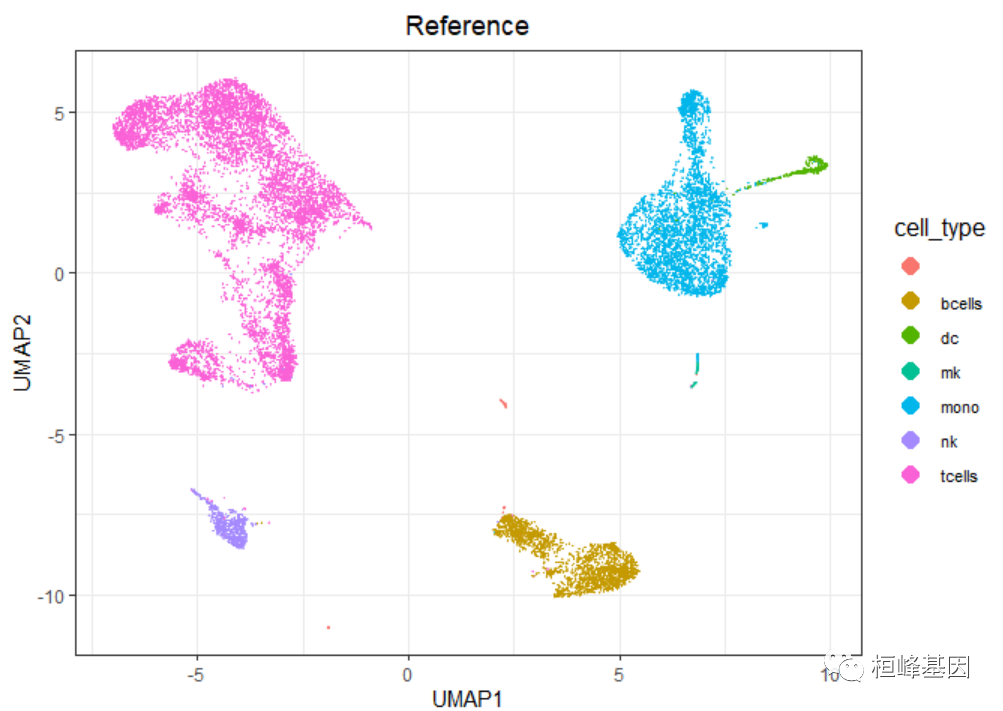
选项2:从头构建(从表达式开始)
该选项从统一管道中的表达式开始计算引用对象,使预处理步骤自动化。
set.seed(0)
reference = symphony::buildReference(
ref_exp_full,
ref_metadata,
vars = c('donor'), # variables to integrate over
K = 100, # number of Harmony clusters
verbose = TRUE, # verbose output
do_umap = TRUE, # can set to FALSE if want to run umap separately later
do_normalize = FALSE, # set to TRUE if input counts are not normalized yet
vargenes_method = 'vst', # method for variable gene selection ('vst' or 'mvp')
vargenes_groups = 'donor', # metadata column specifying groups for variable gene selection
topn = 2000, # number of variable genes to choose per group
d = 20, # number of PCs
save_uwot_path = './testing_uwot_model_2'
)
reference$normalization_method = 'log(CP10k+1)' # optionally save normalization method in custom slot
# Save reference (modify with your desired output path)
saveRDS(reference, './testing_reference2.rds')
reference = readRDS('./testing_reference2.rds')可视化参考UMAP
fig.size(3, 5)
plotBasic(umap_labels, title = "Reference", color.by = "cell_type")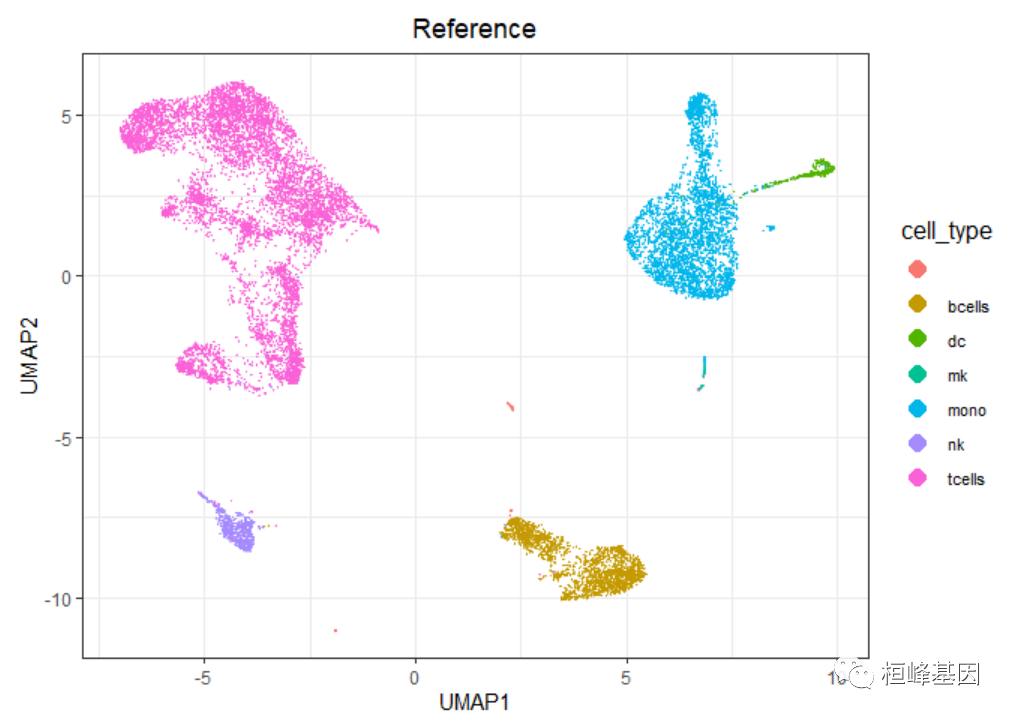
Map query
为了将新的查询数据集映射到reference,您需要从上述步骤中保存一个reference对象,以及查询细胞表达式和meta数据。假设查询数据集已经按照与参考单细胞相同的方式进行了规范化(这里默认为log(CP10k+1)规范化)。
reference = readRDS('./testing_reference1.rds')
#### Map query
query = mapQuery(query_exp, # query gene expression (genes x cells)
query_metadata, # query metadata (cells x attributes)
reference, # Symphony reference object
do_normalize = FALSE, # perform log(CP10k+1) normalization on query
do_umap = TRUE) # project query cells into reference UMAP
query = knnPredict(query, reference, reference$meta_data$cell_type, k = 5)
str(query)
## List of 7
## $ exp :Formal class 'dgCMatrix' [package "Matrix"] with 6 slots
## .. ..@ i : int [1:13735662] 45 59 72 110 139 153 160 197 211 242 ...
## .. ..@ p : int [1:7698] 0 1318 3482 5594 7120 8452 10450 11318 12889 14154 ...
## .. ..@ Dim : int [1:2] 33694 7697
## .. ..@ Dimnames:List of 2
## .. .. ..$ : chr [1:33694] "RP11-34P13.3" "FAM138A" "OR4F5" "RP11-34P13.7" ...
## .. .. ..$ : chr [1:7697] "fivePrime_AAACCTGAGCGATAGC" "fivePrime_AAACCTGAGCTAAACA" "fivePrime_AAACCTGAGGGAGTAA" "fivePrime_AAACCTGAGTCTTGCA" ...
## .. ..@ x : num [1:13735662] 1.54 1.54 2.13 1.54 1.54 ...
## .. ..@ factors : list()
## $ meta_data:'data.frame': 7697 obs. of 10 variables:
## ..$ cell_id : chr [1:7697] "fivePrime_AAACCTGAGCGATAGC" "fivePrime_AAACCTGAGCTAAACA" "fivePrime_AAACCTGAGGGAGTAA" "fivePrime_AAACCTGAGTCTTGCA" ...
## ..$ donor : chr [1:7697] "5" "5" "5" "5" ...
## ..$ nUMI : int [1:7697] 2712 6561 6322 4528 3426 6199 2378 4934 3654 12842 ...
## ..$ nGene : int [1:7697] 1318 2164 2112 1526 1332 1998 868 1571 1265 3159 ...
## ..$ percent_mito : num [1:7697] 0.0664 0.0565 0.0562 0.072 0.0683 ...
## ..$ cell_type : chr [1:7697] "nk" "mono" "mono" "tcells" ...
## ..$ res_0.80 : int [1:7697] 9 0 0 11 0 8 1 1 3 0 ...
## ..$ cell_subtype : chr [1:7697] "nk" "mono14" "mono14" "cd8eff" ...
## ..$ cell_type_pred_knn : Factor w/ 7 levels "","bcells","dc",..: 6 5 5 7 5 2 7 7 2 5 ...
## .. ..- attr(*, "prob")= num [1:7697] 1 1 1 1 1 1 1 1 1 1 ...
## ..$ cell_type_pred_knn_prob: num [1:7697] 1 1 1 1 1 1 1 1 1 1 ...
## $ Z : num [1:20, 1:7697] 3.575 8.814 -11.757 -0.905 -2.626 ...
## ..- attr(*, "dimnames")=List of 2
## .. ..$ : chr [1:20] "harmony_1" "harmony_2" "harmony_3" "harmony_4" ...
## .. ..$ : chr [1:7697] "fivePrime_AAACCTGAGCGATAGC" "fivePrime_AAACCTGAGCTAAACA" "fivePrime_AAACCTGAGGGAGTAA" "fivePrime_AAACCTGAGTCTTGCA" ...
## $ Zq_pca : num [1:20, 1:7697] 3.58 10.64 -13.73 -4.33 -2.56 ...
## ..- attr(*, "dimnames")=List of 2
## .. ..$ : chr [1:20] "PC_1" "PC_2" "PC_3" "PC_4" ...
## .. ..$ : chr [1:7697] "fivePrime_AAACCTGAGCGATAGC" "fivePrime_AAACCTGAGCTAAACA" "fivePrime_AAACCTGAGGGAGTAA" "fivePrime_AAACCTGAGTCTTGCA" ...
## $ R : num [1:100, 1:7697] 4.11e-11 6.23e-11 9.70e-07 8.12e-12 6.80e-12 ...
## $ Xq :Formal class 'dgCMatrix' [package "Matrix"] with 6 slots
## .. ..@ i : int [1:15394] 0 1 0 1 0 1 0 1 0 1 ...
## .. ..@ p : int [1:7698] 0 2 4 6 8 10 12 14 16 18 ...
## .. ..@ Dim : int [1:2] 2 7697
## .. ..@ Dimnames:List of 2
## .. .. ..$ : NULL
## .. .. ..$ : NULL
## .. ..@ x : num [1:15394] 1 1 1 1 1 1 1 1 1 1 ...
## .. ..@ factors : list()
## $ umap : num [1:7697, 1:2] -4.29 5.95 6.67 -5.21 7.44 ...
## ..- attr(*, "dimnames")=List of 2
## .. ..$ : chr [1:7697] "fivePrime_AAACCTGAGCGATAGC" "fivePrime_AAACCTGAGCTAAACA" "fivePrime_AAACCTGAGGGAGTAA" "fivePrime_AAACCTGAGTCTTGCA" ...
## .. ..$ : chr [1:2] "UMAP1" "UMAP2"让我们看看这个查询对象包含了什么:
Z: query cells in reference Harmonized embedding
Zq_pca: query cells in pre-Harmony reference PC embedding (prior to correction)
R: query cell soft cluster assignments
Xq: query cell design matrix for correction step
umap: query cells projected into reference UMAP coordinates (using uwot)
meta_data: metadata查询细胞类型预测现在在cell_type_pred_knn列中。cell_type_pred_knn_prob列报告获胜投票的最近邻居的比例(可以帮助识别落在两种参考细胞类型之间的“边界”上的查询细胞)。
head(query$meta_data)
## cell_id donor nUMI nGene
## fivePrime_AAACCTGAGCGATAGC fivePrime_AAACCTGAGCGATAGC 5 2712 1318
## fivePrime_AAACCTGAGCTAAACA fivePrime_AAACCTGAGCTAAACA 5 6561 2164
## fivePrime_AAACCTGAGGGAGTAA fivePrime_AAACCTGAGGGAGTAA 5 6322 2112
## fivePrime_AAACCTGAGTCTTGCA fivePrime_AAACCTGAGTCTTGCA 5 4528 1526
## fivePrime_AAACCTGAGTTCGATC fivePrime_AAACCTGAGTTCGATC 5 3426 1332
## fivePrime_AAACCTGCACACTGCG fivePrime_AAACCTGCACACTGCG 5 6199 1998
## percent_mito cell_type res_0.80 cell_subtype
## fivePrime_AAACCTGAGCGATAGC 0.06637168 nk 9 nk
## fivePrime_AAACCTGAGCTAAACA 0.05654626 mono 0 mono14
## fivePrime_AAACCTGAGGGAGTAA 0.05615312 mono 0 mono14
## fivePrime_AAACCTGAGTCTTGCA 0.07199647 tcells 11 cd8eff
## fivePrime_AAACCTGAGTTCGATC 0.06830123 mono 0 mono14
## fivePrime_AAACCTGCACACTGCG 0.05097596 bcells 8 bmem
## cell_type_pred_knn cell_type_pred_knn_prob
## fivePrime_AAACCTGAGCGATAGC nk 1
## fivePrime_AAACCTGAGCTAAACA mono 1
## fivePrime_AAACCTGAGGGAGTAA mono 1
## fivePrime_AAACCTGAGTCTTGCA tcells 1
## fivePrime_AAACCTGAGTTCGATC mono 1
## fivePrime_AAACCTGCACACTGCG bcells 1可视化 Mapping 结果,绘制所有细胞的UMAP可视化图
# Sync the column names for both data frames
reference$meta_data$cell_type_pred_knn = NA
reference$meta_data$cell_type_pred_knn_prob = NA
reference$meta_data$ref_query = "reference"
query$meta_data$ref_query = "query"
# Add the UMAP coordinates to the metadata
meta_data_combined = rbind(query$meta_data, reference$meta_data)
umap_combined = rbind(query$umap, reference$umap$embedding)
umap_combined_labels = cbind(meta_data_combined, umap_combined)
# Plot UMAP visualization of all cells
fig.size(3, 5)
plotBasic(umap_combined_labels, title = "Reference and query cells", color.by = "ref_query")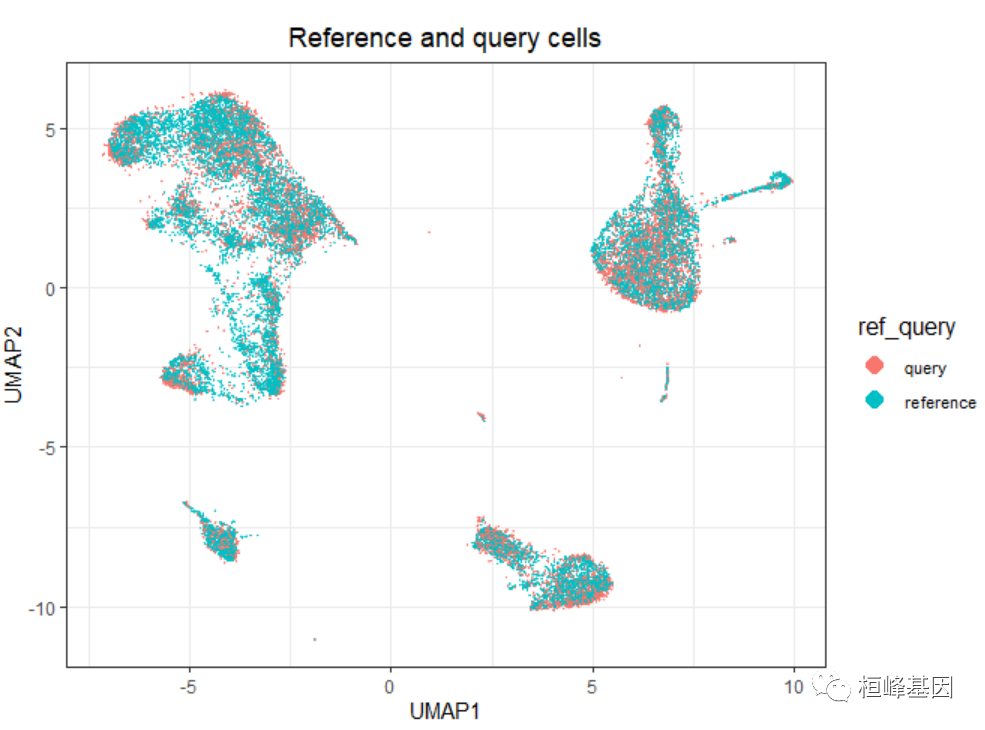
绘制所有细胞的 query 和 reference
fig.size(3, 7)
plotBasic(umap_combined_labels, title = "Reference and query cells", color.by = "cell_type",
facet.by = "ref_query")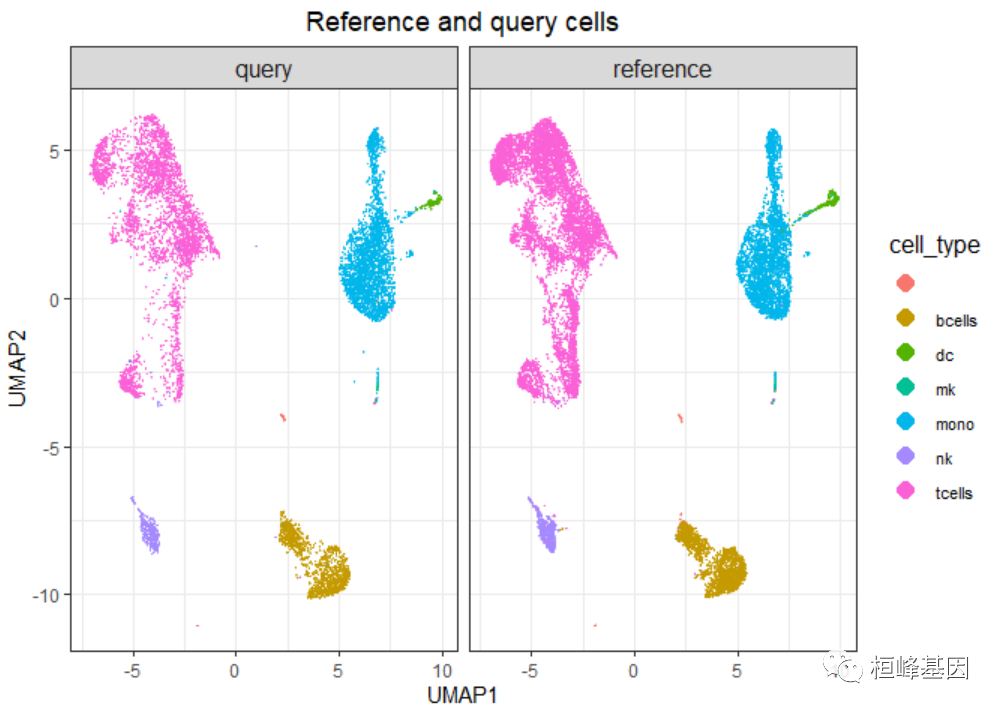
References:
Kang, J.B., Nathan, A., Weinand, K. et al. Efficient and precise single-cell reference atlas mapping with Symphony. Nat Commun 12, 5890 (2021). https://doi.org/10.1038/s41467-021-25957-x
这个细胞互作软件包代码量还是很多的,需要具有一定 R 语言编程基础,并不是看起来那么简单,所有好多老师想直接自己学习教程来分析,但是实质上没有基础还是很难实现,每步报错都不知道该怎样处理,是最崩溃的,所以有需求的老师可以联系桓峰基因,提供最优质的服务!!!
桓峰基因,铸造成功的您!
未来桓峰基因公众号将不间断的推出单细胞系列生信分析教程,
敬请期待!!
桓峰基因和投必得合作,文章润色优惠85折,需要文章润色的老师可以直接到网站输入领取桓峰基因专属优惠券码:KYOHOGENE,然后上传,付款时选择桓峰基因优惠券即可享受85折优惠哦!https://www.topeditsci.com/
有想进生信交流群的老师可以扫最后一个二维码加微信,备注“单位+姓名+目的”,有些想发广告的就免打扰吧,还得费力气把你踢出去!



